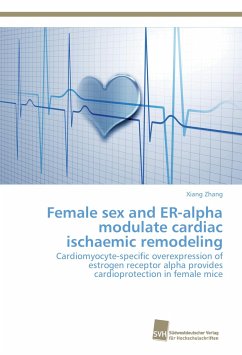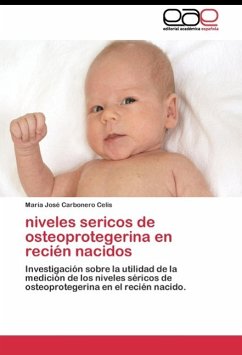Osteoprotegerin is basic glycoprotein that in humans is encoded by the TNFRSF11B gene. It is produced by osteoblasts and other mesenchymal cells, lacks a transmembrane domain and acts as a secreted decoy receptor which is a member of the tumor necrosis factor (TNF) receptor superfamily that has no direct signaling capacity. OPG acts by binding to its natural ligand OPGL, which is also known as RANKL (receptor activator of NF-kappa B ligand). This binding prevents RANKL from activating its cognate receptor RANK, which is the osteoclast receptor vital for osteoclast differentiation, activation and survival. Synthesis of cartilage by chondrocytes is one of the important steps for endochondral bone formation. Osteoprotegerin is critical for bone development and remodeling and has been shown to be required for osteoclast function.
Bitte wählen Sie Ihr Anliegen aus.
Rechnungen
Retourenschein anfordern
Bestellstatus
Storno








